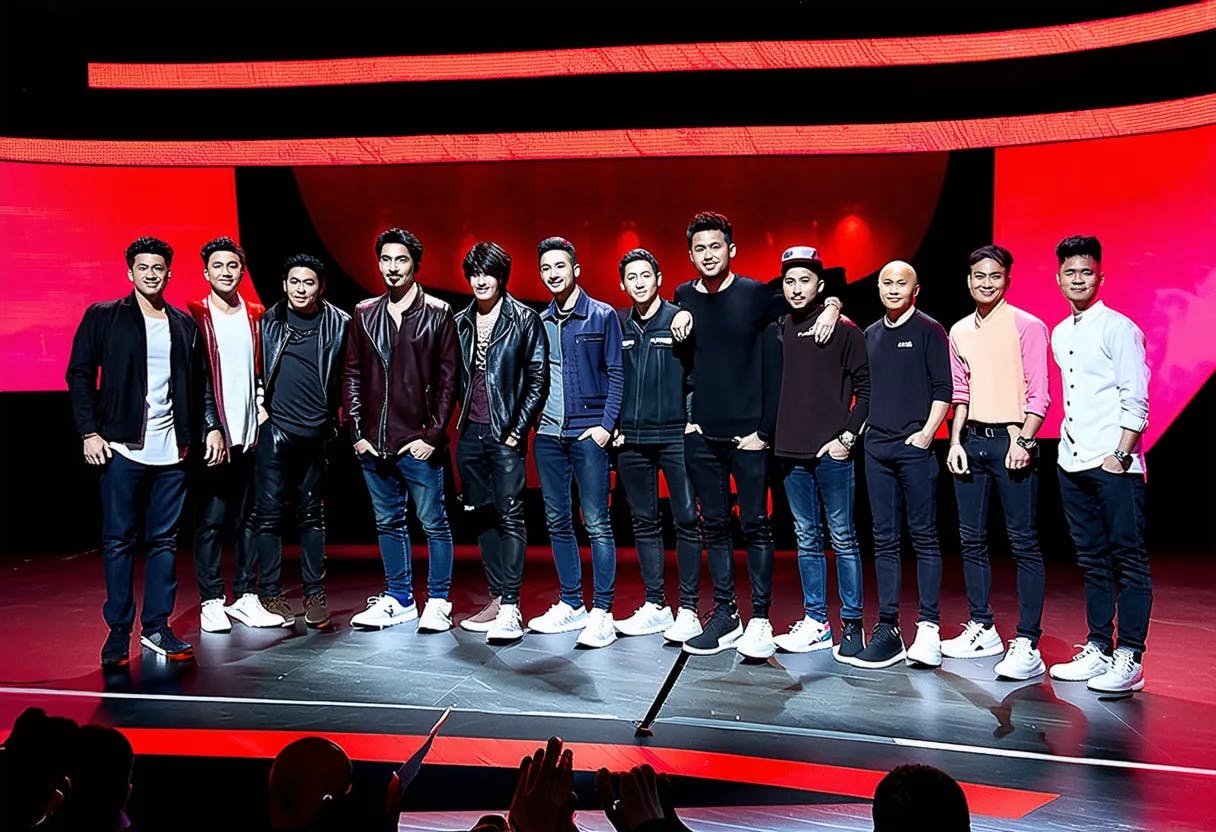Author:
(1) Anuar Assamidanov, Department of Economics, Claremont Graduate University, 150 E 10th St, Claremont, CA 91711. (Email: [email protected]).
Table of Links
Discussion and Conclusion, and References
1 Background
An international television singing competition franchise initially created by Dutch television producer John de Mol and singer Roel van Velzen. One hundred fortyfive countries have adopted the format and begun airing their versions since 2010. The show’s format features five stages of competition: producers’ auditions, blind auditions, battle rounds, knockouts (since 2012), and live performance shows.
Each season employs a panel of four coaches who critique the artists’ performances and guide their teams of selected artists through the remainder of the season. They also compete to ensure that their act wins the competition, thus making them the winning coach. While these constraints mean that the assignment of coaches to the season is not literally random, the more relevant claim for this research design is an entirely arbitrary assignment of coaches to the artists.
Each season begins with the ”Blind Auditions,” where coaches form their team of artists they mentor through the remainder of the season. The coaches’ chairs are faced toward the audience during artists’ performances; those interested in an artist press their button, which turns their chair towards the artist and illuminates the bottom of the chair to read ”I want you.” Each coach has the length of the auditioner’s performance (about one minute) to decide if he or she wants that singer on his or her team; if two or more coaches want the same singer (as happens frequently), the singer has the final choice of coach. After the performance, an artist either defaults to the only coach who turned around or selects the coach if more than one coach expresses interest. The coaches not seeing the artists is a setting in which coaches’ encounters are demonstrably exogenous with respect to artists’ performances (White, 2022).

